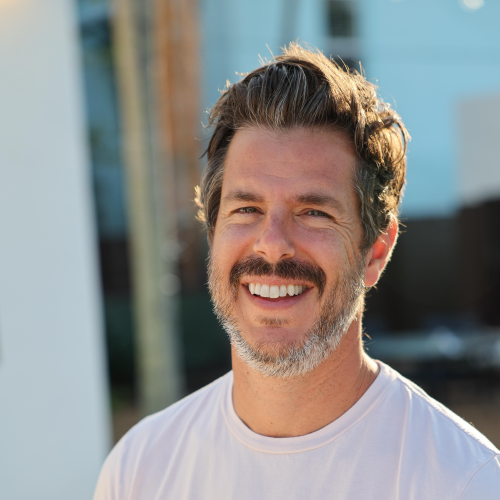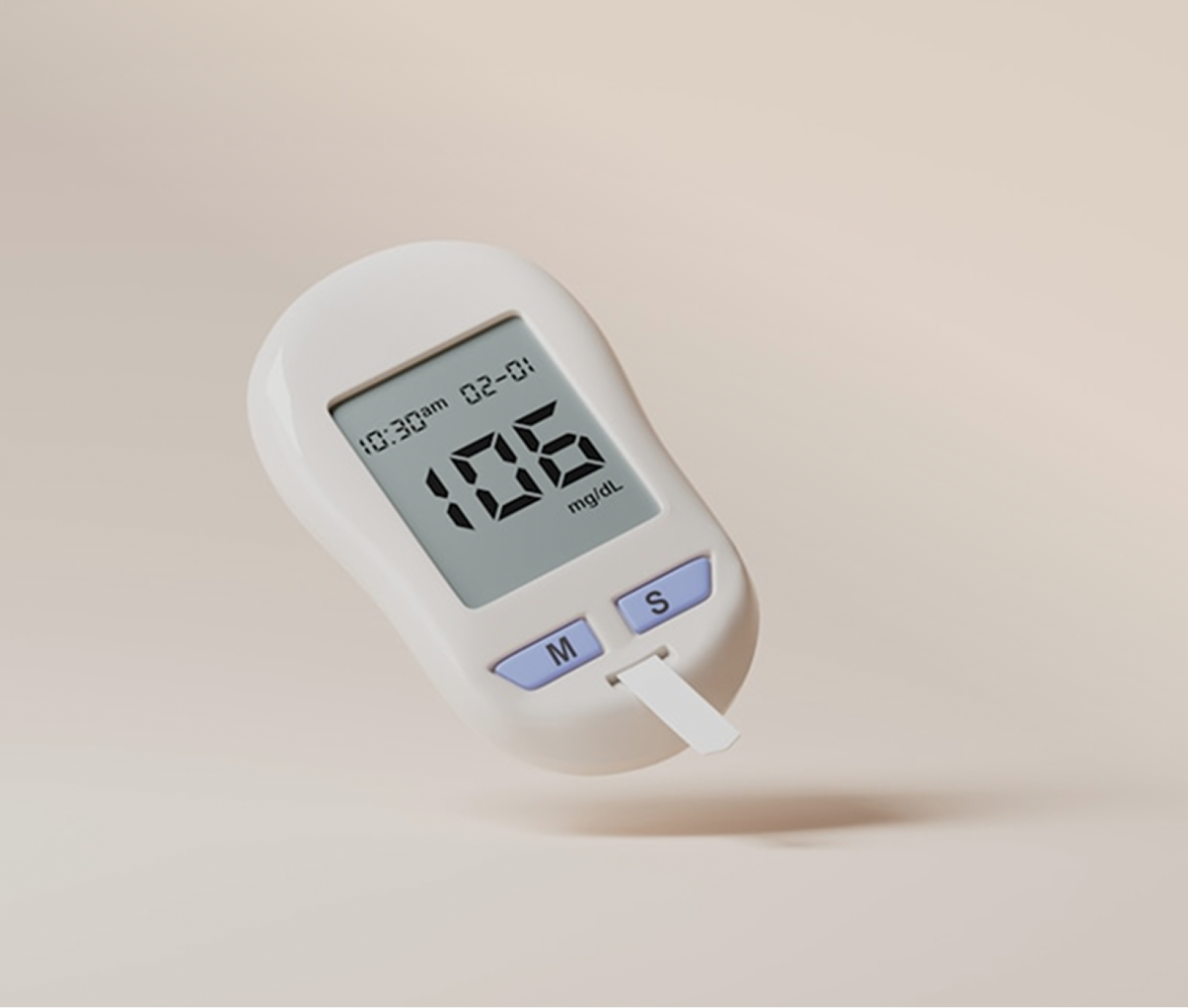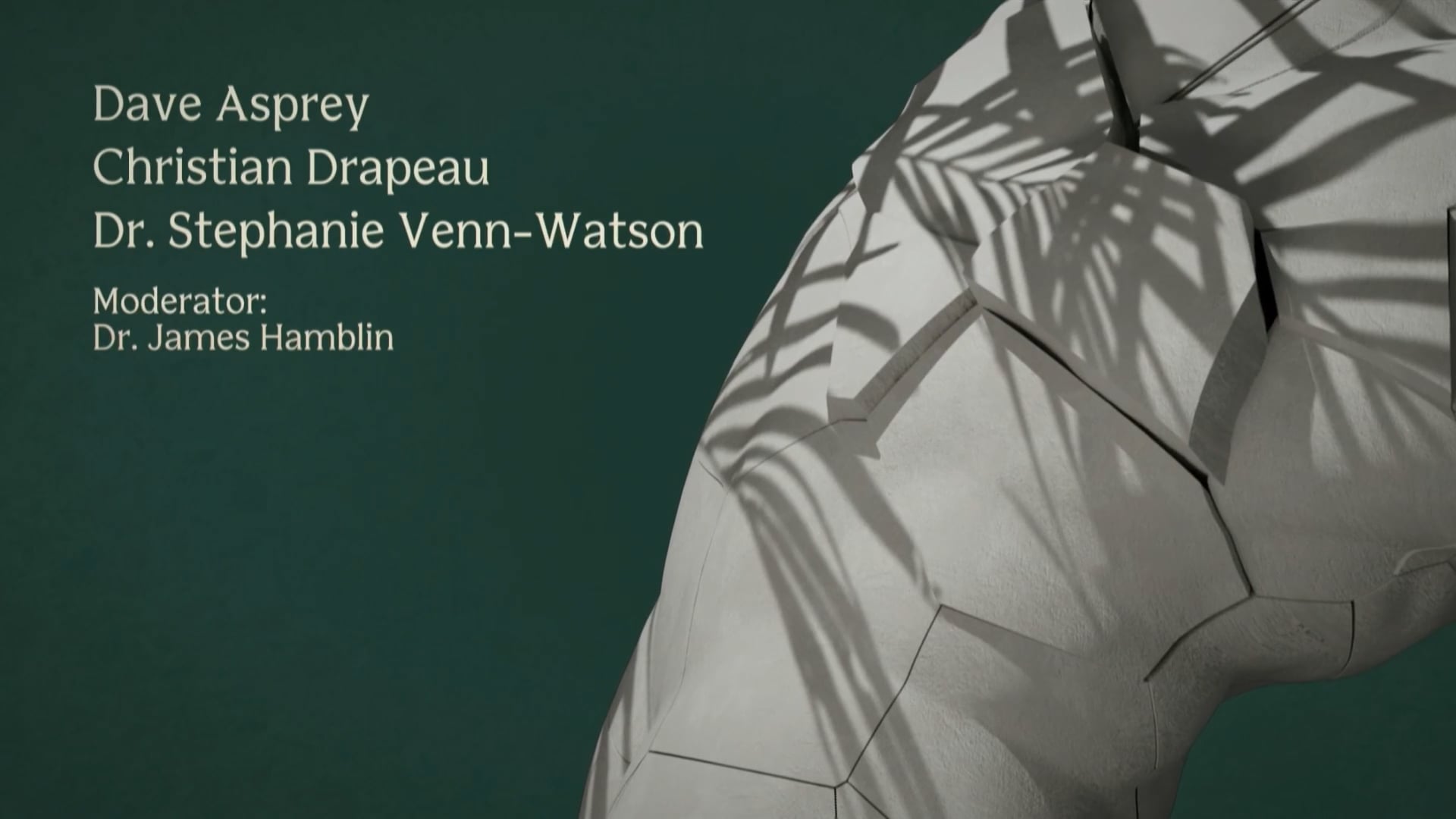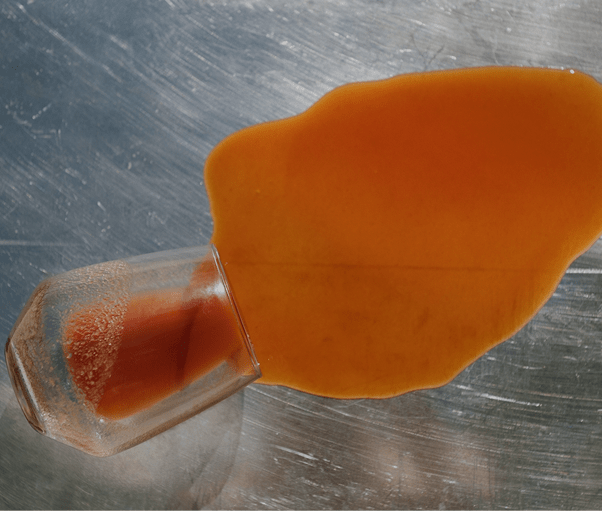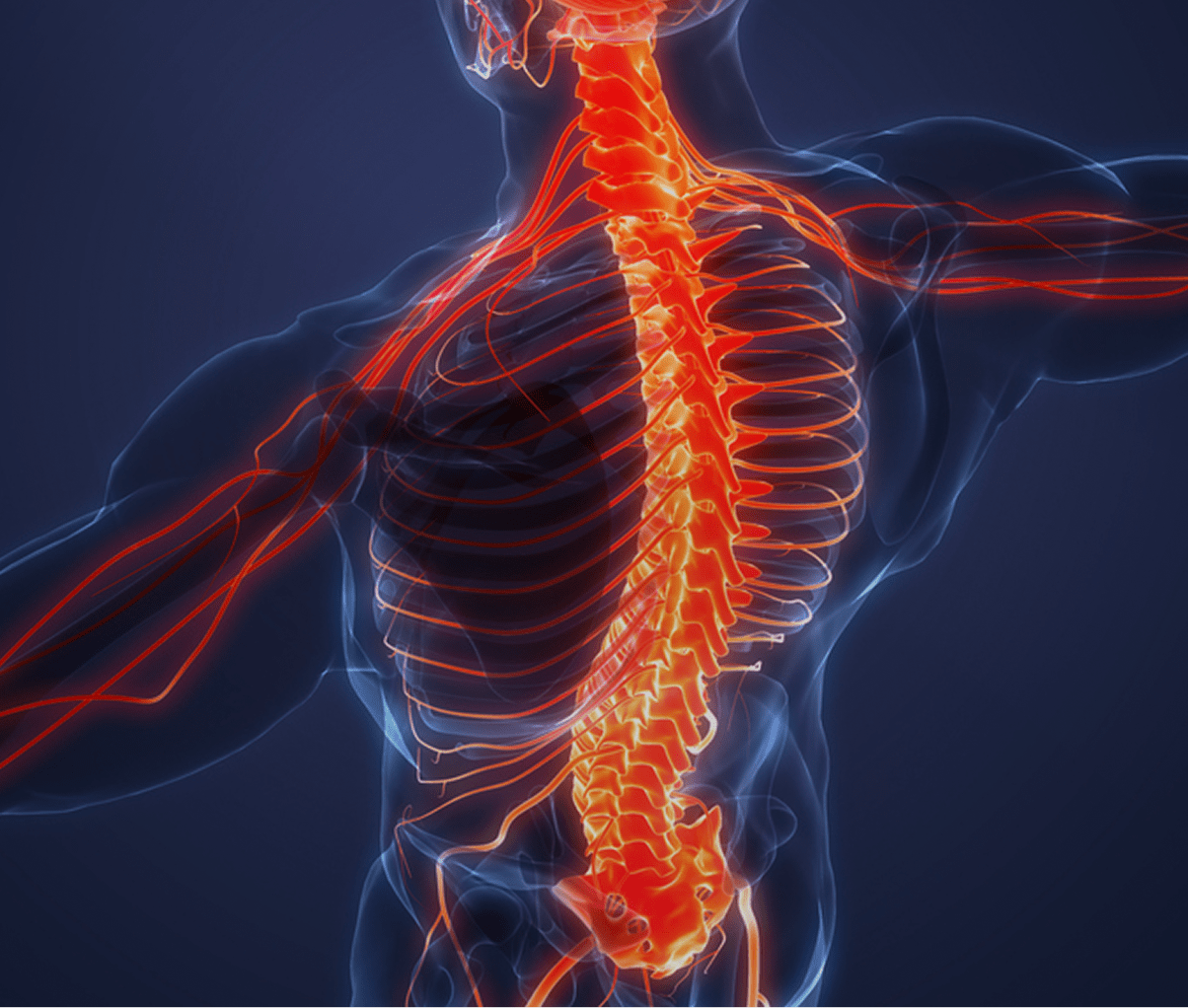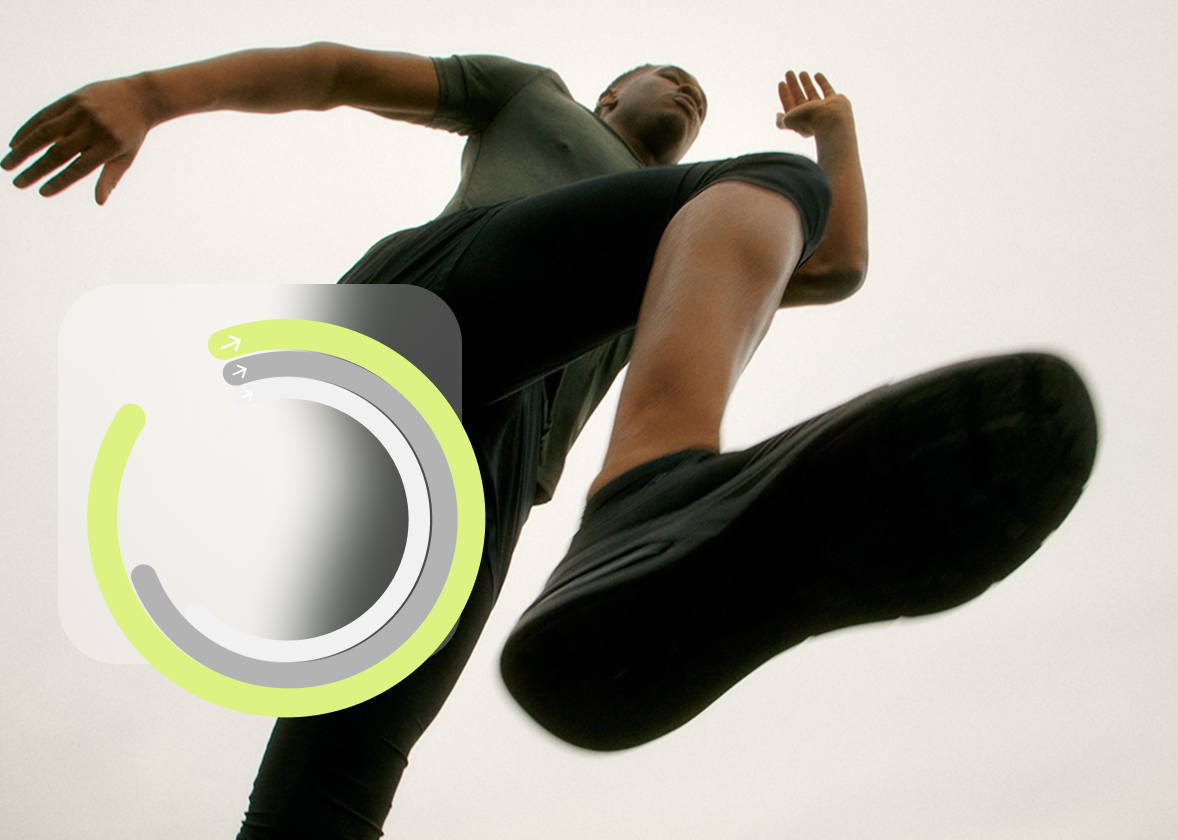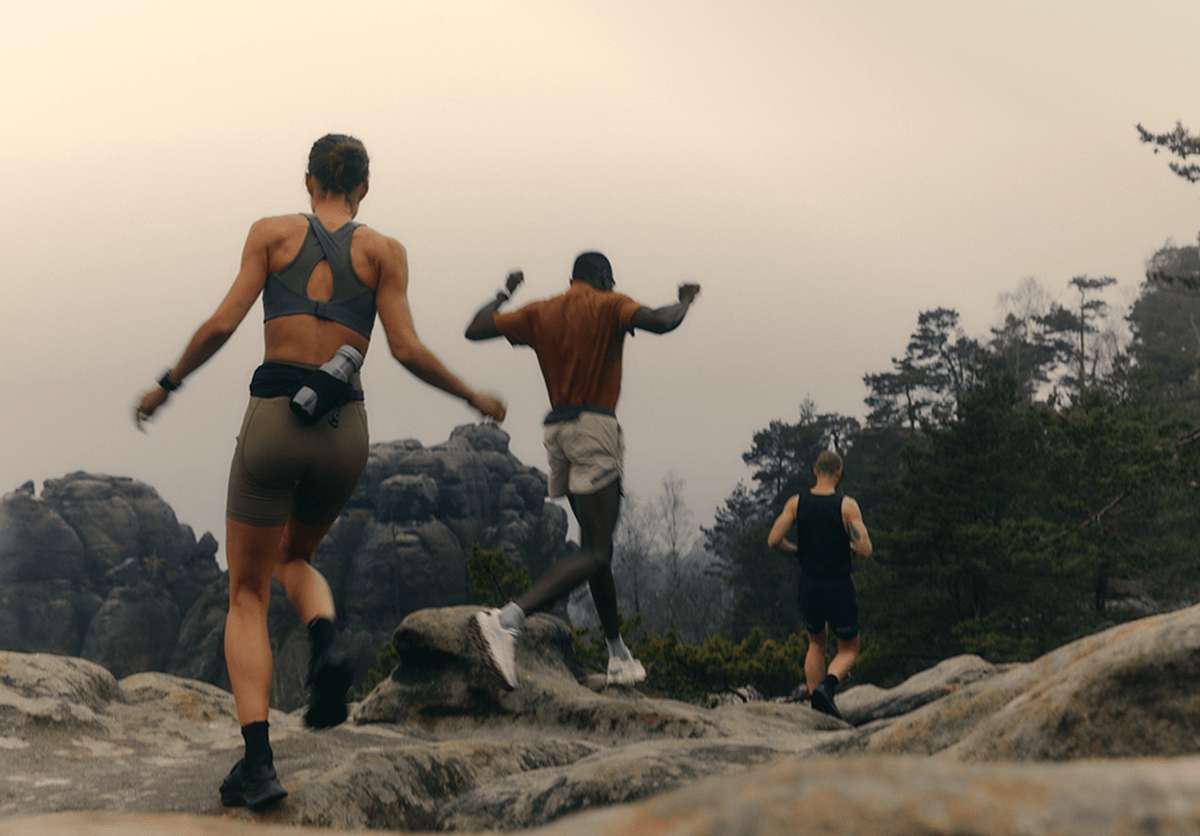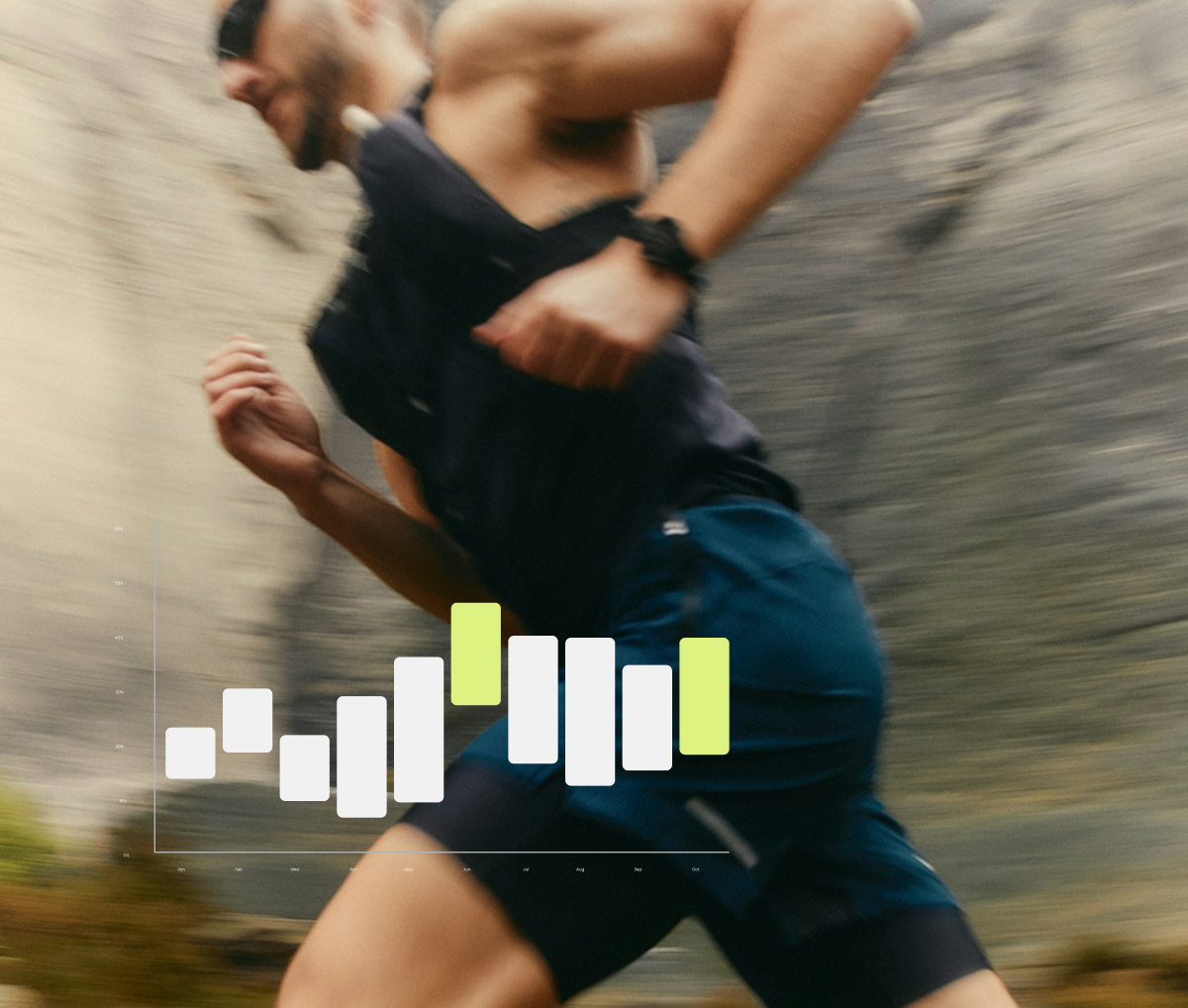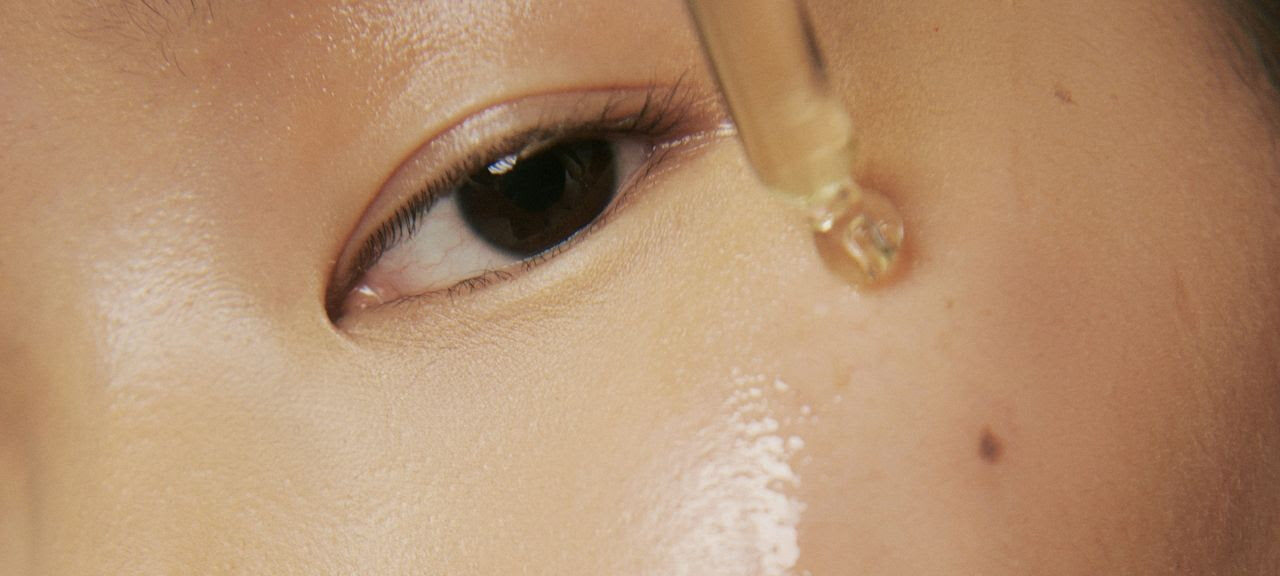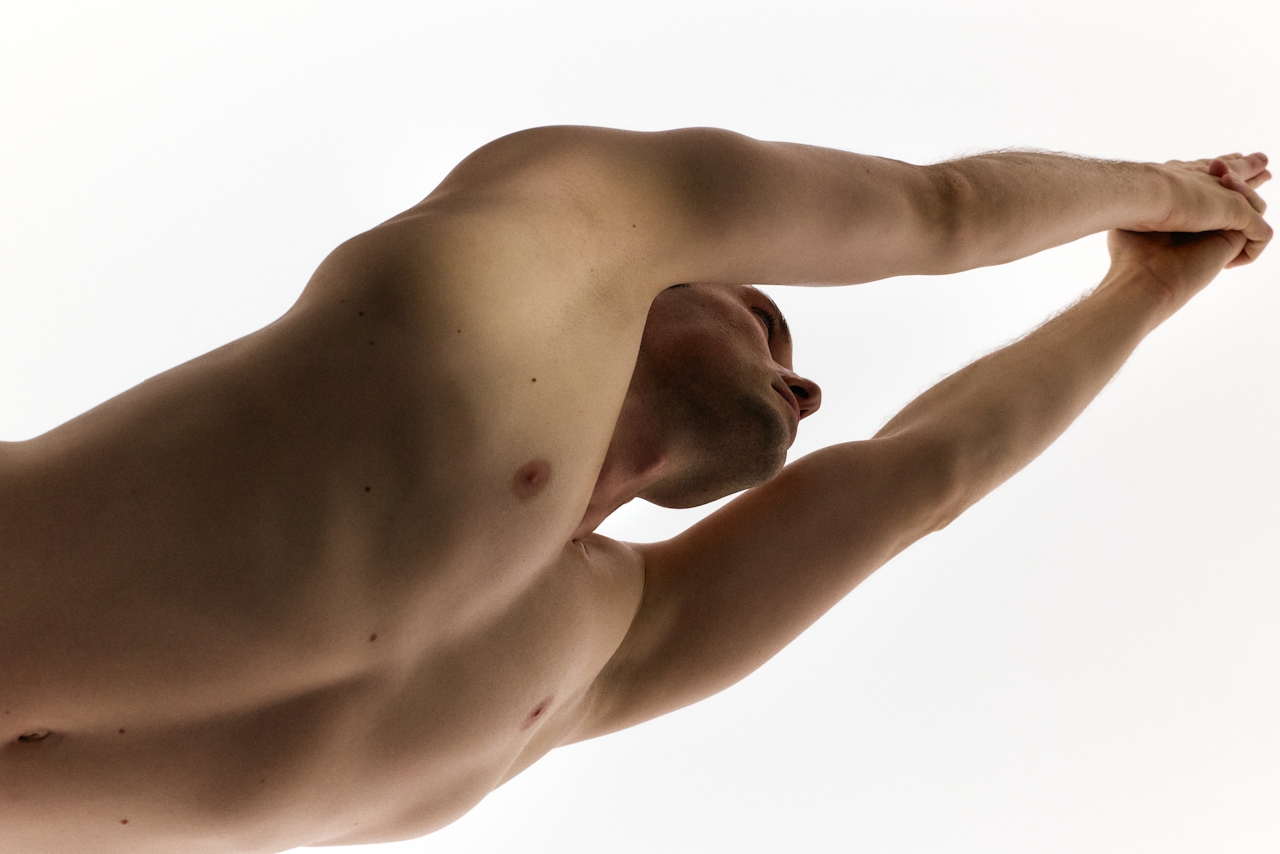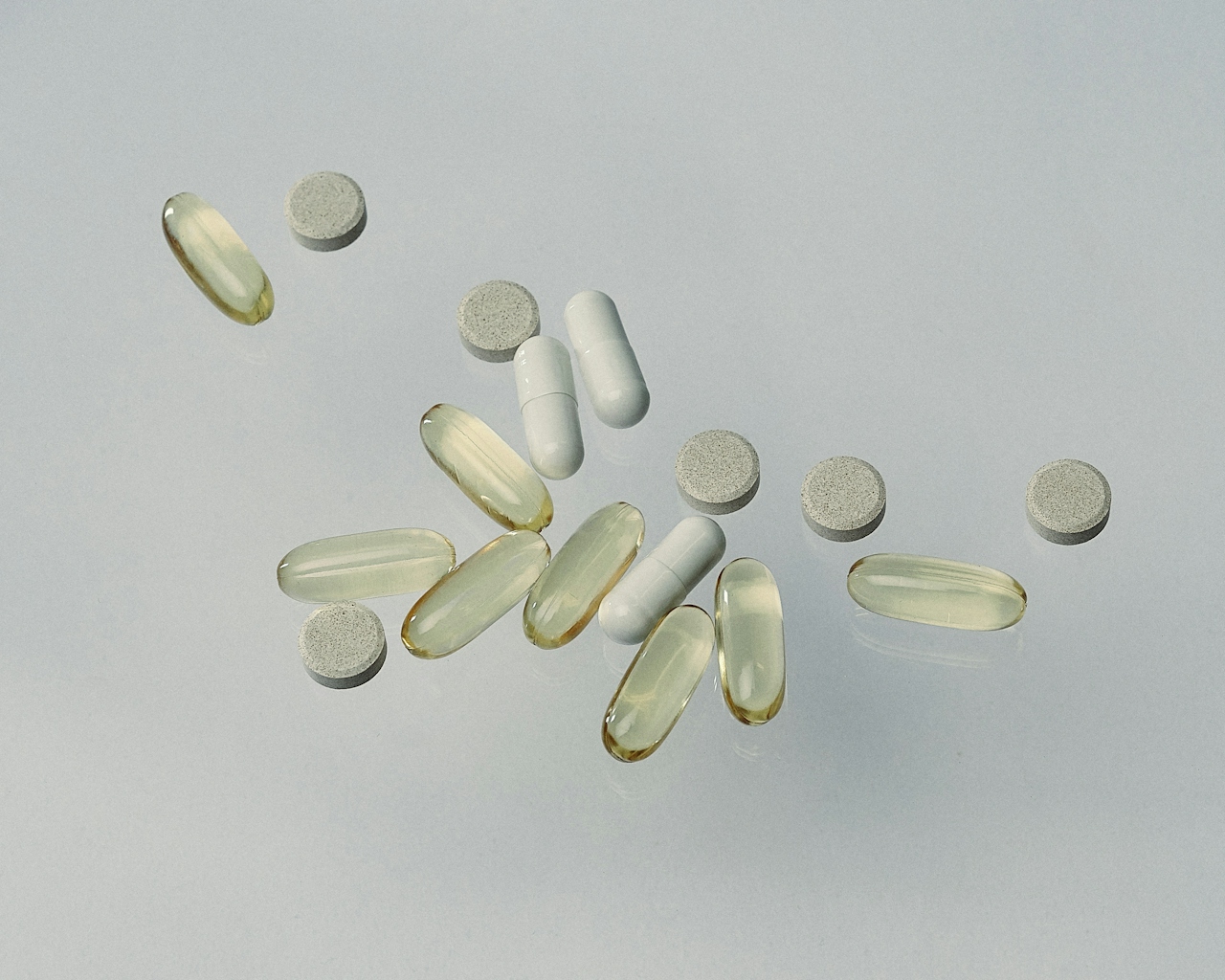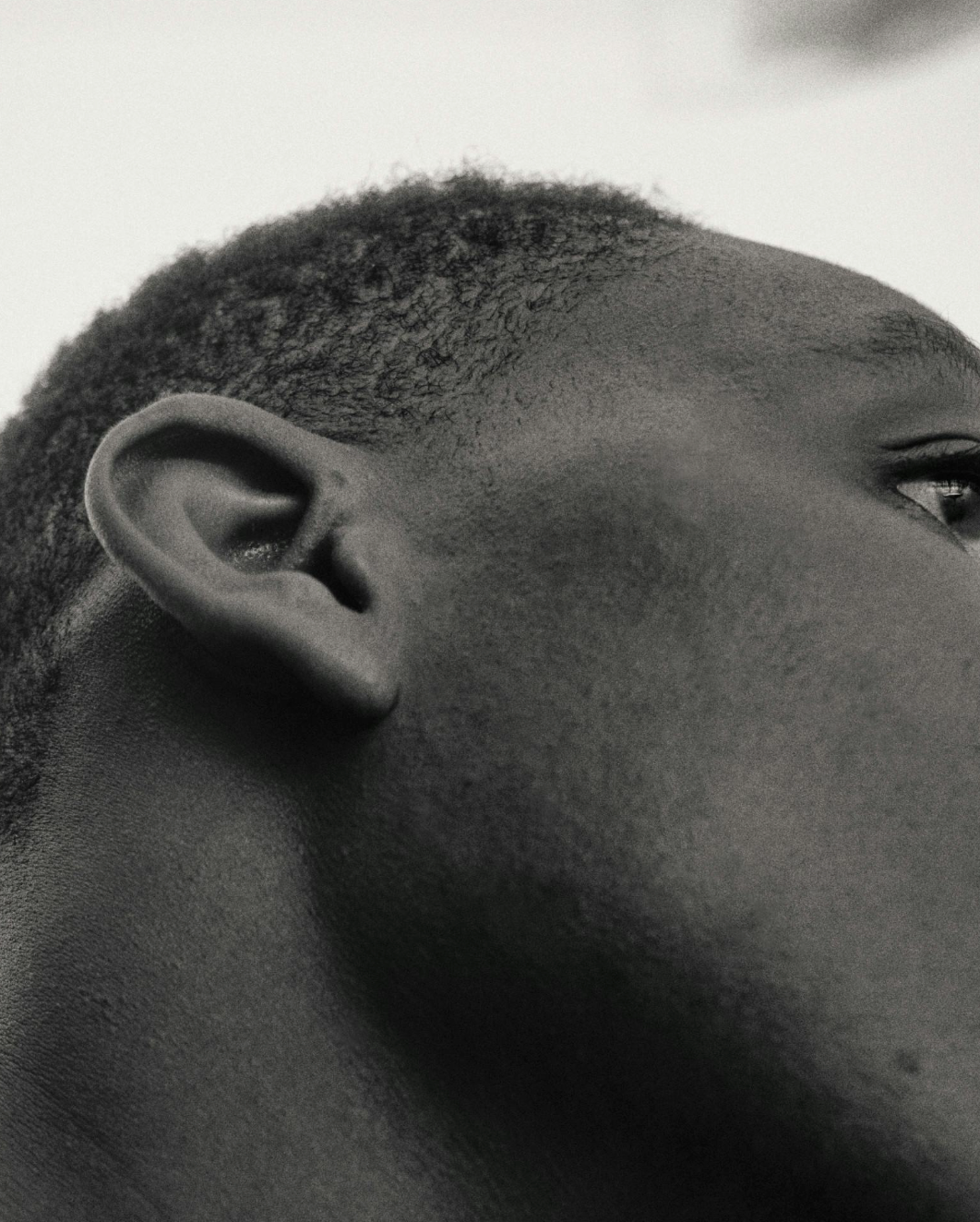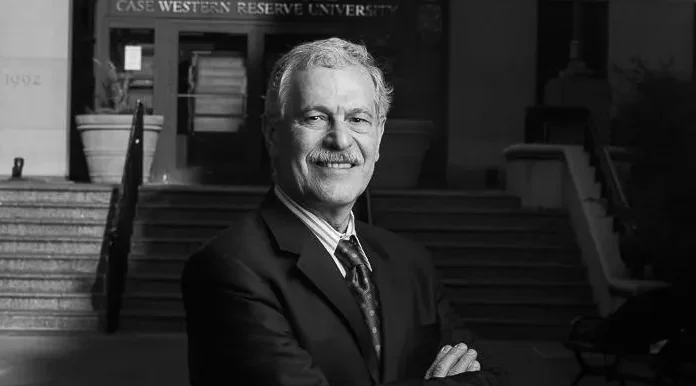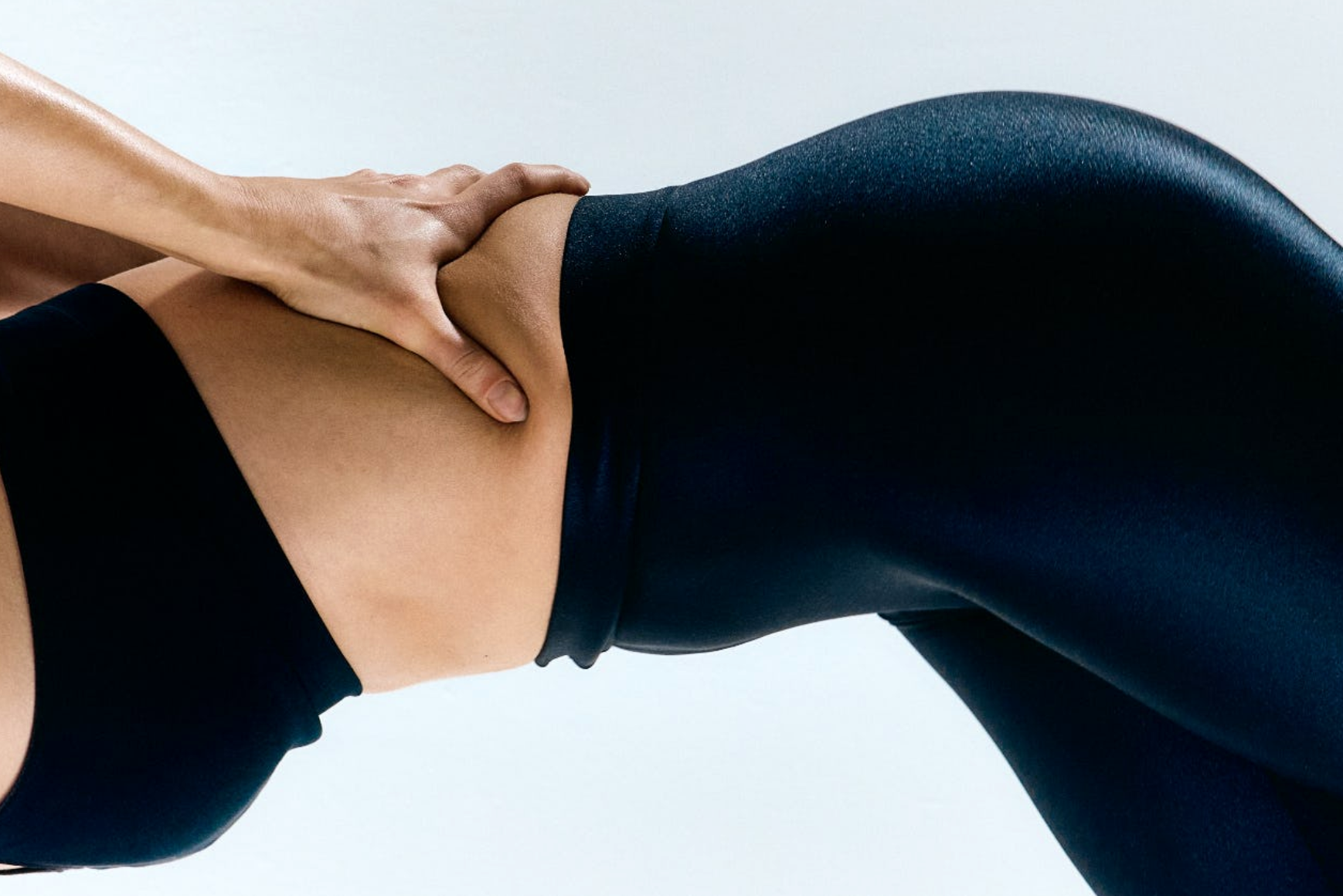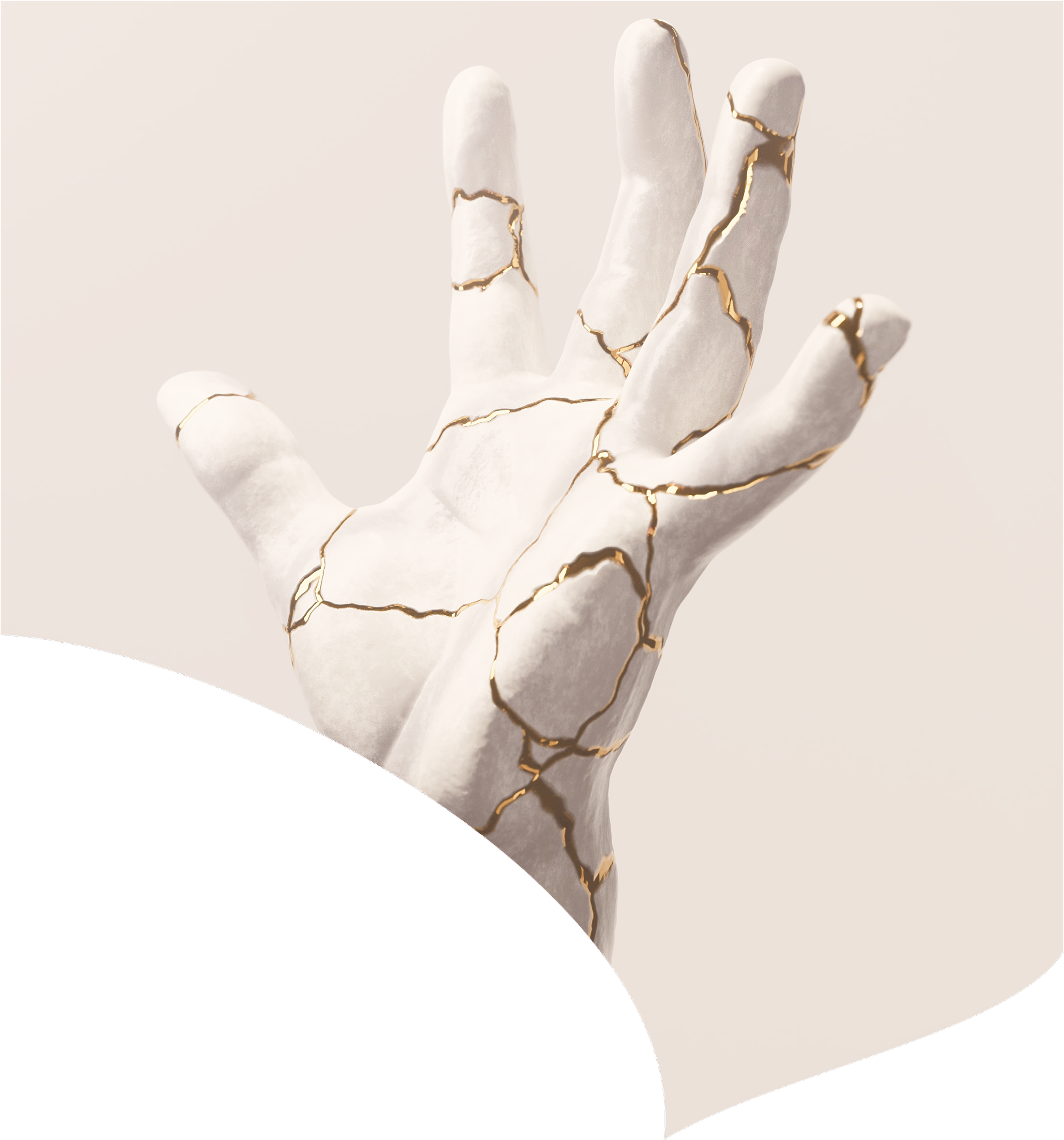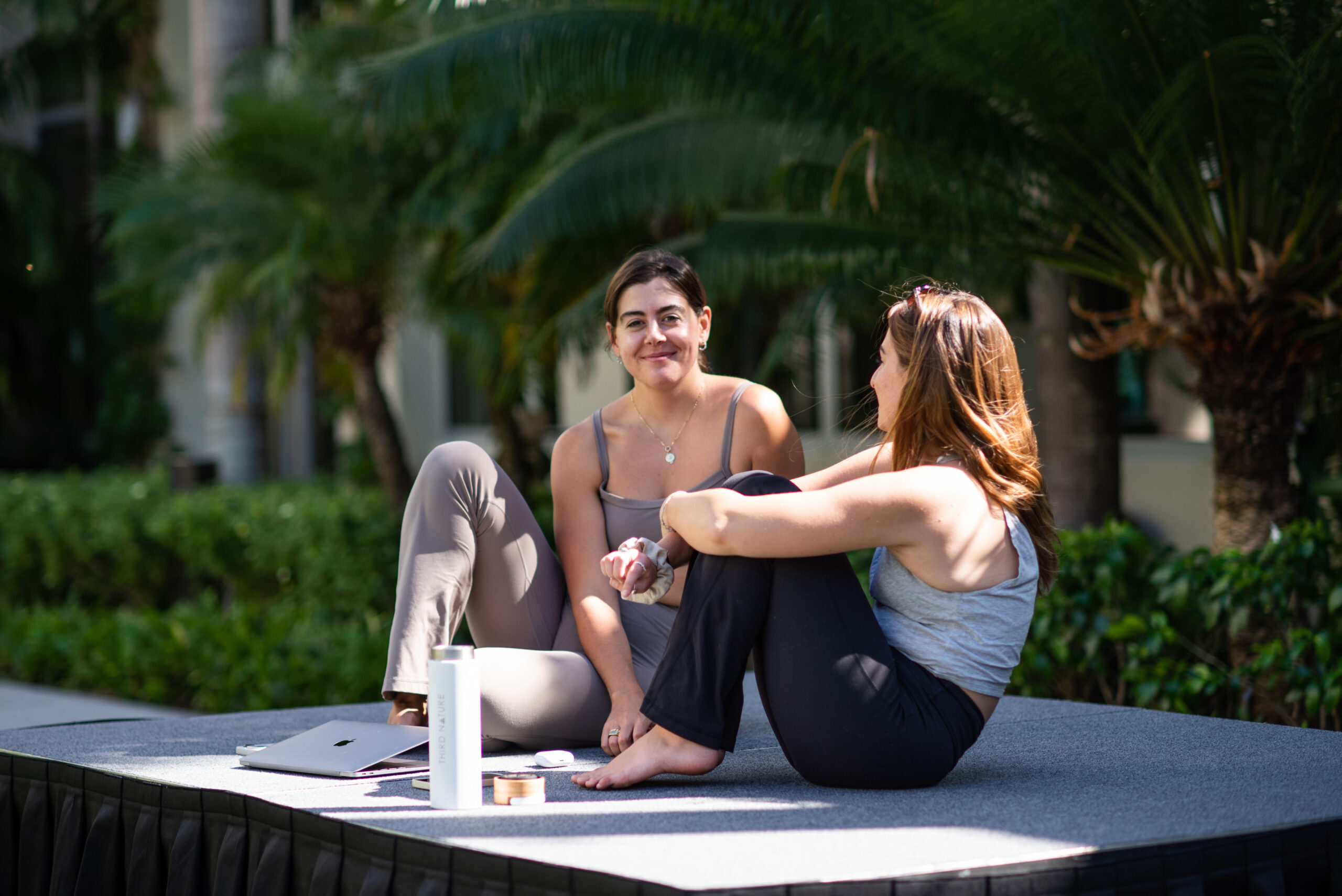
Longevity has a physical signature.
Some parts of it are measurable metrics: numbers you can track over time, like VO₂ max, HRV, and resting heart rate.
Others are functional fitness tests: physical abilities you can lose without realizing it, like grip strength, walking speed, and balance.
Both are critical.
Metrics tell you how your internal engine is performing. Tests tell you how the machine moves through the world.
Many people become preoccupied with optimizing their diet or researching the latest supplements while neglecting the fundamental physical capacities that research shows are most predictive of longevity.
But what exactly should we be measuring and working to improve?
In this issue, we'll separate the key longevity indicators into two categories:
- Physiological Metrics: Measurable biological values like VO₂ max and HRV
- Physical Performance Benchmarks: Functional tests like push-ups and dead-hangs
The internal, physiological metrics offer a powerful snapshot of your body’s current and future health. But those numbers aren’t the whole story. To predict how well you’ll function as you age—not just how long you’ll live—your physical performance might matter just as much.
Let’s dig in.
KEY PHYSIOLOGICAL METRICS
These core biological measurements are some of the strongest predictors of how long—and how well—you’ll live. They’re the vital signs of longevity, and you can track and improve every one of them.
VO₂ Max
(Cardiorespiratory Fitness)
VO₂ max measures the maximum amount of oxygen your body can utilize during intense exercise. It’s a marker of aerobic capacity and cardiovascular fitness.
A 2018 JAMA study found that people in the top VO₂ max category had an 80% lower risk of all-cause mortality than those in the lowest.
VO₂ max is arguably the strongest predictor of longevity.
How to Test It: The gold standard is a laboratory cardiopulmonary exercise test (CPET), where you wear a mask that measures oxygen consumption while exercising to exhaustion. Fitness watches estimate VO₂ max using heart rate data and exercise intensity. The Rockport Walking Test offers a low-tech alternative: walk 1 mile as fast as possible, record your time and heart rate at completion, then calculate your VO2 max using standardized formulas available online. The Cooper Test—running as far as possible in 12 minutes—is another widely used field test with reliable estimation formulas.
Where You Should Be: Aim for at least the 75th percentile for your age, ideally the 90th. For middle-aged adults, that means above 40–45 ml/kg/min. Elite endurance athletes often exceed 60 ml/kg/min, but even modest improvements from baseline can significantly reduce mortality risk.
How to Improve: Zone 2 cardio training (working at about 70-80% of maximum heart rate) is the most efficient approach, ideally for 3–5 hours weekly. Add 1–2 weekly HIIT sessions for even greater gains. Many people see a 10–15% boost in a year.
Muscle Mass
Research published in JAMA found that higher muscle mass is associated with a 20% lower risk of all-cause mortality, independent of fat mass or BMI, highlighting the importance of maintaining lean tissue.
How to Test It: The gold standard for measuring muscle mass is a DEXA (Dual-Energy X-ray Absorptiometry) scan, which provides detailed body composition data, including lean muscle mass, fat mass, and bone density. Bioelectrical impedance analysis (BIA) scales, which send a small electrical current through the body to estimate muscle mass, are a convenient alternative. These smart scales can track changes over time.
Where You Should Be: While specific muscle mass targets vary by height and frame size, being in the top 50% of your age group is a strong start. Top 25% is ideal. After 30, people typically lose 3–5% of muscle per decade without intervention.
How to Improve: Lift weights 2-3 times weekly, focusing on compound movements that engage multiple muscle groups. Proper protein intake supports this training, too. And as we keep seeing, adequate sleep helps, as it supports recovery.
HEART RATE VARIABILITY (HRV)
HRV reflects the variation in time between heartbeats and indicates how well your nervous system handles stress and recovery and is an excellent daily indicator of overall physiological balance.
Where You Should Be: There is no universal benchmark for HRV, as it varies significantly between individuals based on age, fitness level, and genetics. The key is to establish a personal baseline and track trends over time. Higher HRV generally means better fitness and resilience.
How to Test It: The most accessible way to measure HRV is through wearable devices that track fitness data.
How to Improve: Regular Zone 2 training, as well as strength training, has been shown to boost HRV. Meditation, breathwork, adequate sleep, sauna and cold plunge, and cutting back on alcohol all positively impact HRV.
RESTING HEART RATE (RHR)
Resting heart rate is exactly what it sounds like: the number of times your heart beats per minute when you're completely at rest. It's best measured first thing in the morning before getting out of bed. A lower RHR usually means a stronger, more efficient heart.
Where You Should Be: A resting heart rate below 70 bpm is good, with below 60 bpm considered excellent for the general population. Elite endurance athletes often have resting heart rates in the 40s, though this level isn't necessary for longevity benefits. The key is maintaining a lower RHR as you age, rather than allowing it to drift upward. A 10 bpm increase above 70 is linked to a 16% higher mortality risk.
How to Test It: Count your pulse for 60 seconds upon waking, or use a wearable that tracks it overnight. For the most reliable results, take measurements at the same time each day, ideally after a full night's sleep and before any caffeine consumption.
How to Improve: The most effective way to lower RHR is consistent aerobic exercise, particularly Zone 2 cardio. Three to four 30-minute sessions weekly can reduce RHR by 5–10 bpm within six months. Improving sleep quality, managing stress through meditation or breathwork, and maintaining proper hydration will help. Limiting stimulants like caffeine and reducing alcohol consumption also help optimize RHR.
PHYSICAL PERFORMANCE BENCHMARKS
These real-world tests don’t just measure fitness—they predict how well you’ll move, age, and maintain independence over time. They reveal what’s happening beneath the surface, long before symptoms show up.
GRIP STRENGTH
A landmark Lancet study found grip strength to be a stronger predictor of mortality than systolic blood pressure. Every 5kg decrease in grip strength was associated with a 16% increase in all-cause mortality.
Where You Should Be: For men, above 40kg is excellent; for women, above 25kg. While age-adjusted norms exist, stronger is better—aim for the top 25% in your age group. More important than absolute numbers is preventing the decline that typically occurs with age.
How to Improve: While specific grip strengthening tools can help, compound movements that challenge grip indirectly often yield better results. Deadlifts without straps, farmer's carries, pull-ups, and dead hangs are particularly effective. For a simple daily practice, hanging from a pull-up bar for an accumulated time of 2–3 minutes daily has shown remarkable benefits for both grip strength and shoulder health.
GAIT SPEED (WALKING SPEED)
A 2011 JAMA study found that people who walk faster than 1.2 meters per second (2.7 mph) live significantly longer than slower walkers.
Where You Should Be: 1.2 m/s is the benchmark—that’s 400 meters (a quarter mile) in under 6 minutes at a natural pace. Speeds above 1.4 m/s are linked to even better longevity outcomes.
How to Improve: Leg strength training (particularly squats, lunges, and hip hinges) provides the foundation. Regular walking practice at a slightly faster pace helps. Many find that rucking—walking with a weighted backpack—is effective for faster natural walking speeds. Balance exercises also contribute to more confident, faster walking.
PUSH-UP CAPACITY
A Harvard study tracking middle-aged men found those who could perform at least 40 push-ups without rest had a 96% lower risk of heart disease over 10 years compared to those who couldn't complete 10 push-ups.
Where You Should Be:
Men:
- 40+ push-ups: Excellent
- 20–40 push-ups: Good
- 10–20 push-ups: Moderate risk
- <10 push-ups: Higher risk
Women:
- 30+ push-ups: Excellent
- 15–30 push-ups: Good
- 5–15 push-ups: Moderate risk
- <5 push-ups: Higher risk
How to Improve: If you can’t yet do standard push-ups, build up gradually: start with wall push-ups, then move to incline push-ups before progressing to the floor. If you’re already doing standard push-ups, try the “grease the groove” method—multiple sets throughout the day, stopping well before failure. To advance further, add weight or use handles to increase range of motion with deficit push-ups.
DEAD HANG
A dead hang is the ability to hang from a pull-up bar with arms fully extended for a prolonged period. It tests grip strength, shoulder stability, and upper back engagement. Dr. Peter Attia includes the 2-minute dead hang in his “Centenarian Decathlon”—his framework for training the body to thrive into one’s 90s and beyond. That’s helped establish the dead hang as a practical benchmark in the modern longevity toolkit.
Where You Should Be: A 2-minute dead hang signals excellent shoulder and grip health. Beginners can aim for 30 seconds as a starting point.
How to Improve: Do 3–4 max-effort hangs per session, 3x/week, resting fully between sets. If hanging is too difficult at first, use a bench to offload weight. Active hangs (shoulders engaged, not passive) build strength faster. Once you can hang for 90 seconds, add weight with a vest or dip belt to keep progressing.
WALL SIT
Another of Dr. Attia's assessments, this isometric hold tests lower body endurance and core stability—factors closely linked to functional independence with aging.
Where You Should Be: Dr. Attia recommends being able to hold a proper wall sit (back against wall, thighs parallel to floor, knees at 90 degrees) for 2 minutes. It’s difficult, so 45–60 seconds is a common starting point.
How to Improve: Practice 3 sets of your max hold, 3x per week. Add 5–10 seconds each week. Once you hit 90+ seconds, hold light weight at your chest for added difficulty. Squats and lunges also build the strength needed for longer wall sits.
FARMER’S CARRY
The farmer’s carry is a simple but powerful test of your ability to walk while holding heavy weights in each hand. This test combines grip, core, and full-body endurance—essential for everyday strength.
Where You Should Be: Carry your body weight (split between both hands) for 2 minutes. A solid starting point: 50% of your body weight for 1 minute.
How to Improve: Start by finding the heaviest weight you can carry for 1 minute. Train with 70–80% of that load, gradually increasing time or weight. Do 2–3 sessions per week. Pair with deadlifts or pull-ups for faster gains.
SIT-TO-STAND TEST (SITTING-RISING TEST, SRT)
This test assesses your ability to move from standing to sitting on the floor and back up with minimal support—a real-world measure of strength, balance, and coordination.
Where You Should Be: The standardized version of this test uses a 10-point scale, deducting one point each time a hand, arm, or knee is used for support. Research suggests that a score of 8+ correlates with lower mortality risk, while scores below 3 are associated with significantly higher 6-year mortality rates.
How to Improve: Practice the movement daily. Support it with deep squats, hip and ankle mobility work, core training, and balance drills. Even simple habits like regularly sitting on the floor can help train the mobility required.
ONE-LEG BALANCE
A 2022 British Journal of Sports Medicine study found that the inability to balance on one leg for at least 10 seconds was associated with an 84% higher risk of death within the following decade.
Where You Should Be: Hold for at least 10 seconds with eyes open and hands on hips. Better still: 30+ seconds with eyes open, or 10+ seconds with eyes closed. You’ll be surprised at how challenging this can be.
How to Improve: Practice daily—stand on one leg while brushing your teeth or waiting for coffee. Add single-leg deadlifts, pistol squats, or unstable surface work. Tai Chi and yoga are excellent long-term balance builders.
LEG STRENGTH
Lower body strength is perhaps the most critical physical attribute for maintaining independence with age. A 2014 American Journal of Medicine study identified leg weakness as a primary risk factor for frailty and loss of mobility.
Where You Should Be: While there's no single standardized test, good benchmarks include:
- Ability to perform 20+ proper bodyweight squats with good form
- Ability to ascend stairs without using handrails
- Ability to rise from a chair without using arms for assistance
- For those who strength train, deadlifting 75–100% of bodyweight for multiple repetitions
How to Improve: Base your training on squats, lunges, step-ups, and deadlifts. Beginners can start with bodyweight work; progress gradually using weights and resistance. Train legs 2–3 times weekly with proper recovery.
THE INTERCONNECTED NATURE OF HEALTH METRICS
These metrics and benchmarks don't exist in isolation. Improve one, and you often improve many.
These are the fundamentals that build your physiological signature for aging well.
Zone 2 cardio raises VO₂ max, lowers resting heart rate, and brings your nervous system into balance. Even a little daily mobility work makes you better at walking, balancing, and getting off the floor.
If you’re just starting out, the formula doesn’t need to be complicated:
- Lift weights 2–3 times a week—focus on big, compound movements.
- Do 3+ hours of Zone 2 cardio, broken up however you need.
- Stretch, move, or mobilize daily—even 5 minutes counts.
- Get serious about sleep. It underpins everything else.
Before reaching for longevity diets or supplement stacks, master the basics. They give you something numbers rarely offer: clarity.
You’ll know what’s working. You’ll know where to focus.
And the payoff isn’t just lower mortality risk. It’s more energy, less pain, better moods, and the quiet confidence of a body that can still do what you ask of it.
We’re living longer than ever. But longevity without capacity is just a longer decline. If you start now, you can build a body that can carry you farther than you’d imagine.
Disclaimer: This newsletter is provided for educational and informational purposes only and does not constitute providing medical advice or professional services. The information provided should not be used for diagnosing or treating a health problem or disease, and those seeking personal medical advice should consult with a licensed physician.
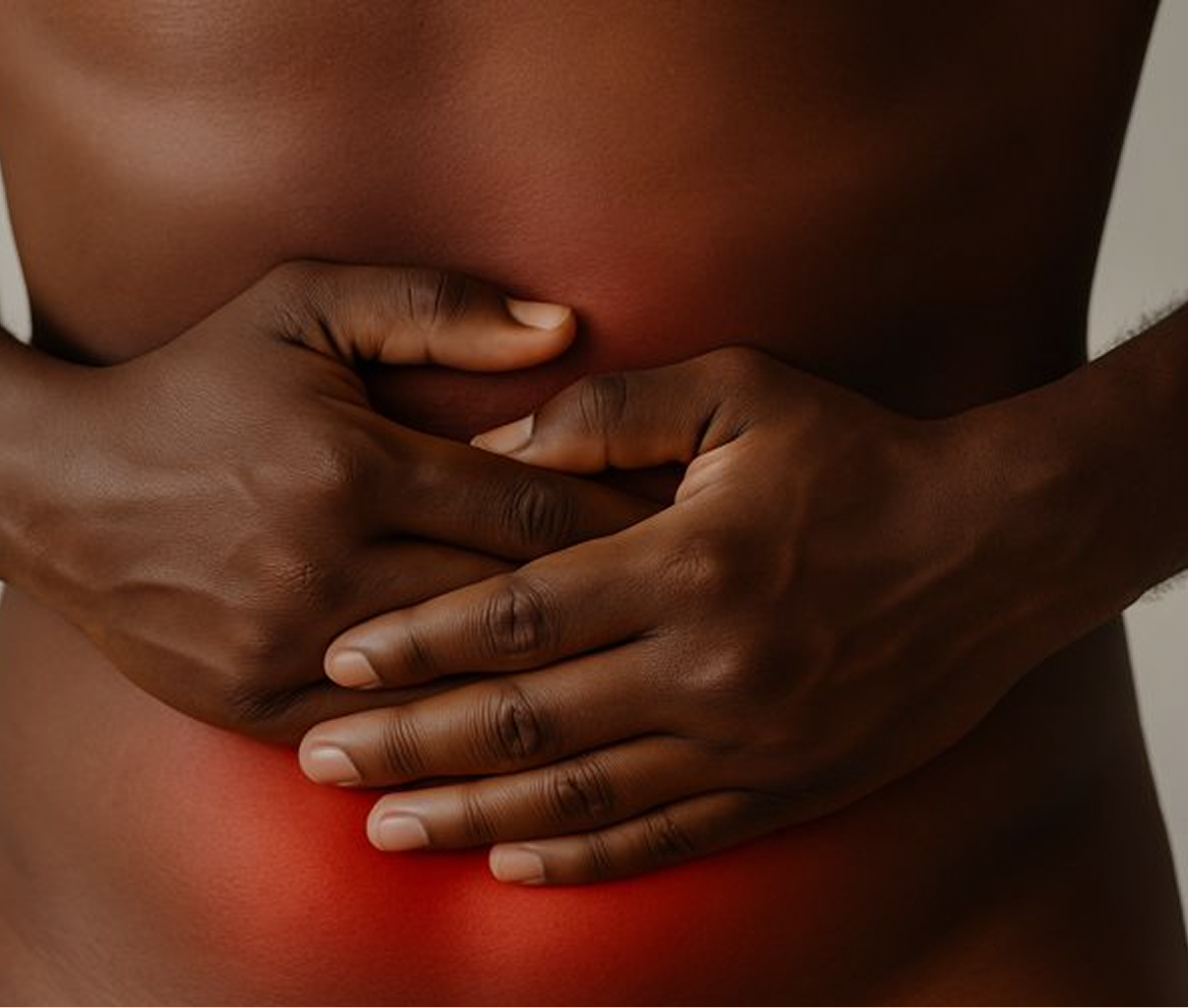
December 19, 2025

December 12, 2025

December 8, 2025
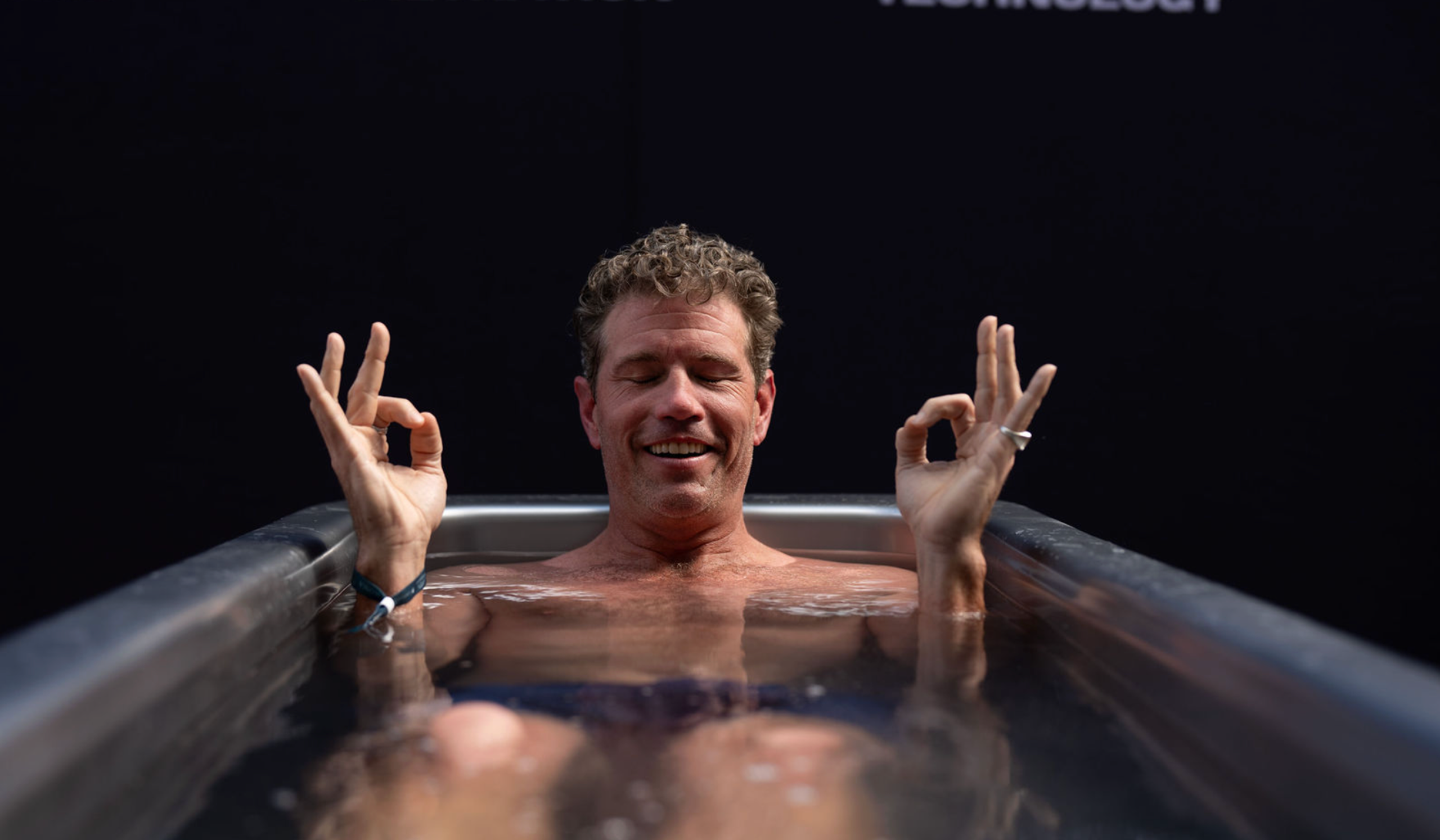
December 5, 2025

November 21, 2025

November 14, 2025

November 14, 2025
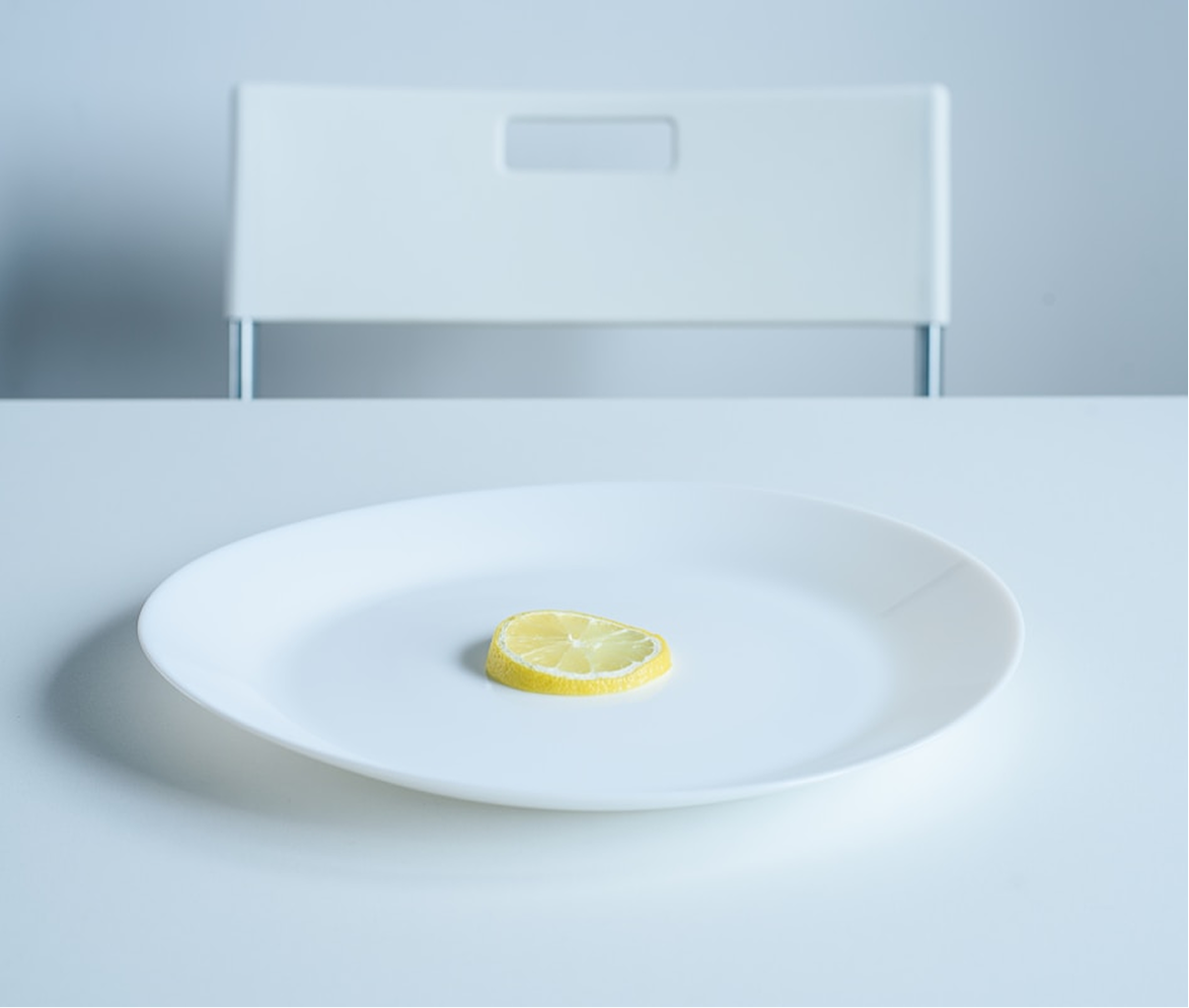
November 7, 2025

October 31, 2025
